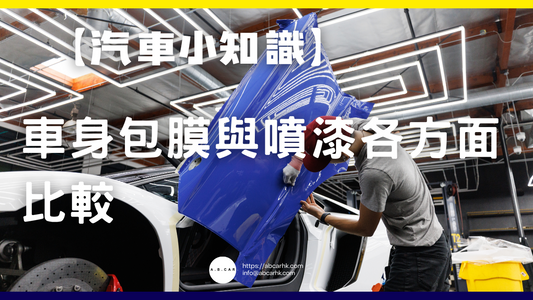The Sino-US Economic Game: The Gains and Losses of Supply Chain Restructuring | Editor: Li Daosheng

The Sino-US economic game: A detailed analysis of the gains and losses of supply chain restructuring 📦⚖️
The most stark battleground in the economic competition between the United States and China is supply chain restructuring. Over the past few years, the United States has continuously imposed tariffs, embargoes, and technology restrictions on China to ensure technological independence, safeguard security needs, and maintain geopolitical leverage. This has forced multinational corporations to implement a "China + 1" strategy, shifting some production lines to locations like Vietnam, India, and Mexico. What are the benefits and risks behind this shift? This article, using a Hong Kong-style perspective and grounded perspective, breaks down the issues layer by layer.
Benefits of supply chain restructuring
1️⃣ Risk diversification : If an epidemic, war or sanctions cause Chinese factories to shut down, companies have alternative production capacity that can be brought online immediately to maintain uninterrupted supply.
2️⃣ Political leverage : The United States and its allies can strengthen their control over strategic materials (such as chips and battery raw materials) by diversifying their supply chains and reduce the risk of single dependence.
3️⃣ Regional cooperation opportunities : Emerging markets such as ASEAN, India, and Mexico are seeing large-scale foreign investment, promoting local infrastructure upgrades and employment, and further fragmenting the global production landscape.
Hidden concerns about supply chain restructuring
1️⃣ Rising costs : Wages, logistics, and infrastructure costs in Vietnam, India, and other places are higher than in China. In the short term, relocating factories will have to bear higher production costs, and product prices will inevitably increase, increasing the burden on consumers.
2️⃣ Efficiency loss : Compared with China's mature and comprehensive supply network, the new factory was unable to immediately match the complete supporting facilities in the early stage, and bottlenecks and delivery delays occurred in the early stage of capacity transfer.
3️⃣ Limitations on technology spillover : Some high-end manufacturing fields (semiconductor processes, precision instruments) still require close collaboration between upstream and downstream companies in China, and complete decoupling is unrealistic.
China's response
-
Accelerated industrial upgrading : Promote the transformation of high-value-added industries such as electric vehicles, 5G, AI chips and biomedicine from labor-intensive to technology-intensive.
-
Expand domestic demand : Reduce over-reliance on exports through urbanization, consumption upgrades and the "dual circulation" strategy.
-
Multilateral trade layout : deepen RCEP, join the Belt and Road Initiative, and expand regional trade cooperation with ASEAN, Central Asia, Europe and other regions.
Opportunities and challenges in emerging markets
-
Southeast Asia and South Asia : They will become alternative manufacturing destinations, enjoying capital and technology inflows, but will need to rapidly improve infrastructure, rule of law, and talent training to maintain their competitiveness in the long term.
-
Business opportunities found between China and the US : Some Hong Kong and Taiwanese companies are leveraging Hong Kong's free trade and financial hub status to become supply chain relay hubs.
The editor's view is that "supply chain restructuring is not a one-time event; it is a dynamic adjustment within a long-term game." Both businesses and countries must balance the needs of cost, efficiency, and security, and should not simply pursue de-China or full reshoring. Hong Kong can leverage its financial and logistics advantages to help businesses flexibly position themselves between China and the United States, securing more mid- to high-end links in the value chain.
Pay attention to the key points
-
Diversifying risks does not mean giving up the Chinese market. We need to leave doors on both sides.
-
The balance between cost and efficiency is the most important test of corporate wisdom, and transformation must be carried out within one's capabilities.
-
Emerging markets have great potential, but the growth space for infrastructure and institutional construction is more important.
The gains and losses of the Sino-US supply chain game remind everyone: investment and operations must be flexible and diversified, and reserve room for flexibility, so as to seize the real opportunities in the great changes! 💼🔍🌏



